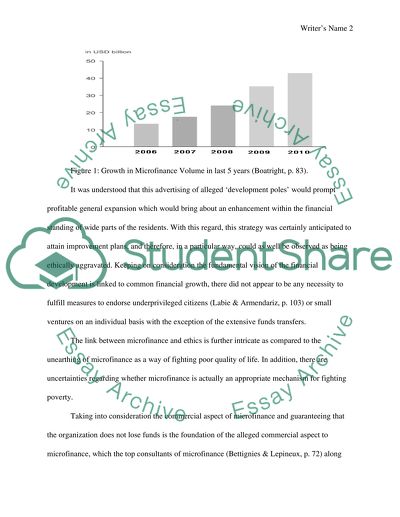Cite this document
(“Ethics in Microfinance. Microfinance for Bankers and Investors: Research Paper”, n.d.)
Retrieved de https://studentshare.org/finance-accounting/1392708-ethics-in-microfinance-microfinance-for-bankers-and-investors-understanding-the-opportunities-of-the-market-at-the-bottom-of-the-pyramid
Retrieved de https://studentshare.org/finance-accounting/1392708-ethics-in-microfinance-microfinance-for-bankers-and-investors-understanding-the-opportunities-of-the-market-at-the-bottom-of-the-pyramid
(Ethics in Microfinance. Microfinance for Bankers and Investors: Research Paper)
https://studentshare.org/finance-accounting/1392708-ethics-in-microfinance-microfinance-for-bankers-and-investors-understanding-the-opportunities-of-the-market-at-the-bottom-of-the-pyramid.
https://studentshare.org/finance-accounting/1392708-ethics-in-microfinance-microfinance-for-bankers-and-investors-understanding-the-opportunities-of-the-market-at-the-bottom-of-the-pyramid.
“Ethics in Microfinance. Microfinance for Bankers and Investors: Research Paper”, n.d. https://studentshare.org/finance-accounting/1392708-ethics-in-microfinance-microfinance-for-bankers-and-investors-understanding-the-opportunities-of-the-market-at-the-bottom-of-the-pyramid.


